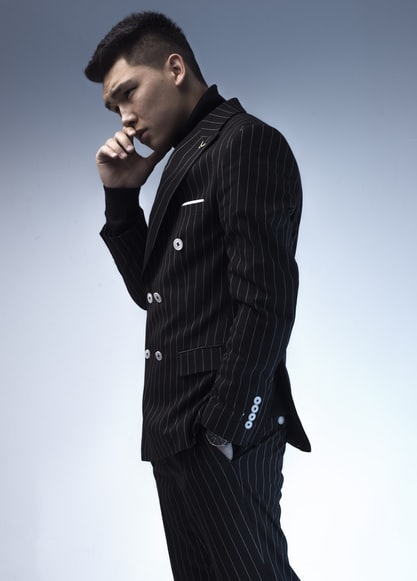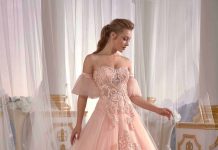Mencoret.com – Formal clothing has been a part of our culture for many years and has come a long way since its beginnings. When you were a kid, you probably didn’t care about what type of formal clothing you were wearing, because back then formal clothing wasn’t very important. The only time you might have cared would be if you attended some sort of important event where it counted. Nowadays, formal clothing is important at all times and is worn not only for formal occasions but also to make a statement, to seem more mature, or to simply fit in with a group.
Types of Formal Wear
In addition to formal clothing, there are two other types that are considered “formal” clothing: casual wear vs formal clothing. Casual clothing, or everyday wear, is the basic Western wear code category, applicable for all but the most formal events, including weddings, christenings, formal confirmations, funerals, and other formalities. Casual wear typically consists of shirts, pants, t-shirts, jackets, skirts, sandals, or bikinis. On the other hand, formal clothing is reserved for more formal occasions or events, where it is worn as the head of the line. For example, a dinner jacket or a ball jacket would be considered formal clothing whereas a sports jersey or golf shirt would be considered casual wear.
The two main distinctions between formal clothing and casual clothing are the tailcoat and the tuxedo. A tuxedo is a formal jacket that is worn with a waistcoat, coat, or cummerbund, and often comes complete with a bow tie or a sash. A tailcoat is a shorter jacket that is worn under a jacket; sometimes, it is shortened to just above the waist, but it generally goes longer than a tuxedo.

Tailors are classified according to their style, colour, fabric, and accessories. A black tailcoat is formal attire that can be worn on any daytime. A navy blue tailcoat can be worn on a night out, but not in a very formal situation. Red, green, and black are also color categories that distinguish formal from informal attire, but with less specific detail.
Formal Wear Suits and Trousers
Formal clothing includes suits and trousers. Suits, whether three-button or four, usually fall in the traditional trouser cut, where the legs of the trouser meet the waist. Trousers are worn at dinner and on formal luncheons, with the shirt sometimes coming up a bit. The most formal of these is a three-button, double-breasted suit. For daytime office wear, a suit pant or skirt is preferred.

Formal attire is normally worn with tuxedos, which are black or dark blue top clothes, black trousers, and black bow ties. Shoes may be black or dressy, depending on the occasion. Formal attire generally consists of a jacket, tie, and shoes. A cummerbund can be used for a more elegant look.
Afternoon Semi Formal Dresses
Some semi-formal dresses are available for daytime wear. These include: evening gowns and skirts, which may not be semi-formal attire. Daytime formal attire includes: evening gowns and pants, which may not be semi-formal dress codes. For daytime office wear, a dress pant or skirt is preferred.

Formal clothing is designed with the function of the wearer in mind. It is meant to elevate one’s appearance and to elevate the status of the person wearing it. It is usually much more formal than casual settings, although the lines can be blurred. Formal dress codes have been in existence for many years, even hundreds of years ago, and they are not inclined to change. If there is not a current formal dress code for a particular event, then a person can probably assume that it is not required. We really appreciate and welcome guest post submissions from you.








